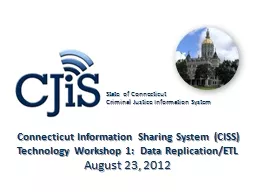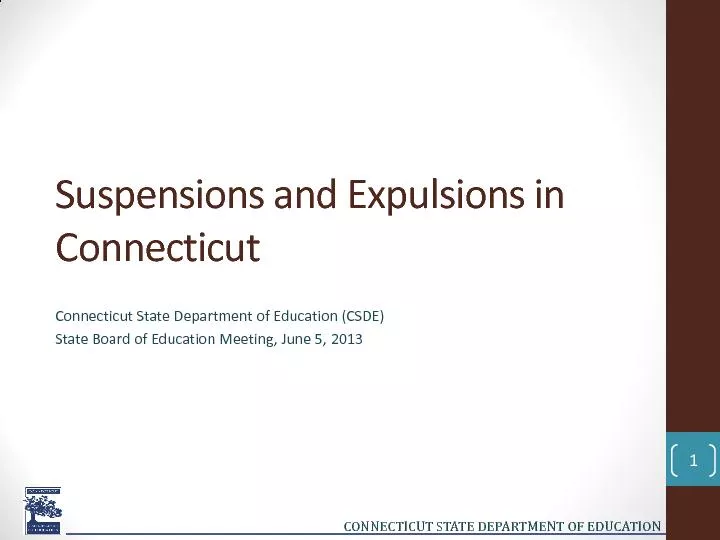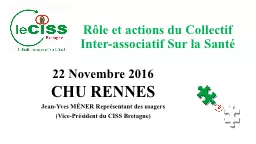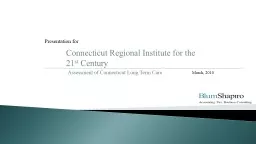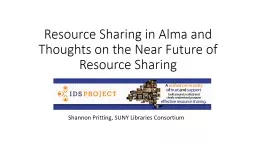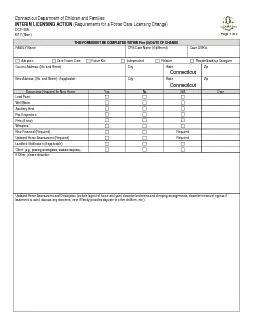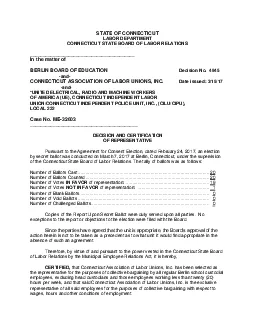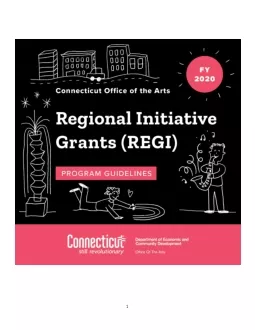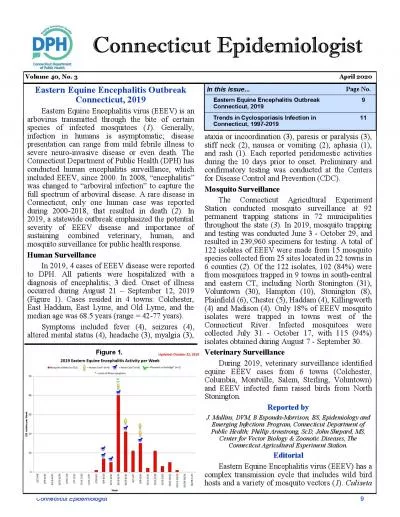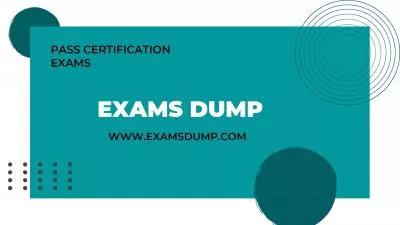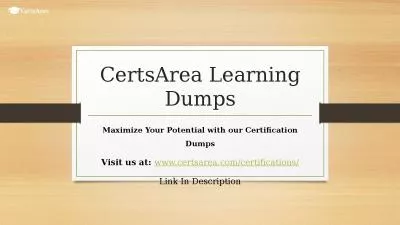PPT-Connecticut Information Sharing System (CISS)
Author : yoshiko-marsland | Published Date : 2018-11-04
Technology Workshop 1 Data ReplicationETL August 23 2012 State of Connecticut Criminal Justice Information System Data Replication Data Replication is the process
Presentation Embed Code
Download Presentation
Download Presentation The PPT/PDF document "Connecticut Information Sharing System (..." is the property of its rightful owner. Permission is granted to download and print the materials on this website for personal, non-commercial use only, and to display it on your personal computer provided you do not modify the materials and that you retain all copyright notices contained in the materials. By downloading content from our website, you accept the terms of this agreement.
Connecticut Information Sharing System (CISS): Transcript
Download Rules Of Document
"Connecticut Information Sharing System (CISS)"The content belongs to its owner. You may download and print it for personal use, without modification, and keep all copyright notices. By downloading, you agree to these terms.
Related Documents

